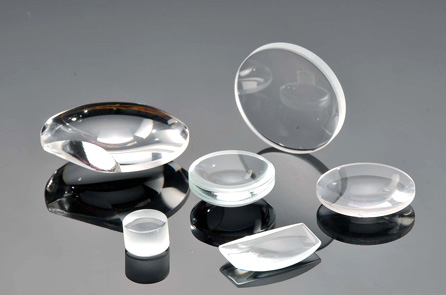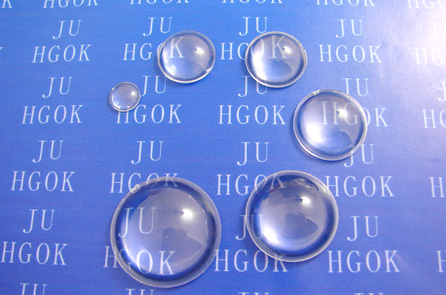Runzhihui: advantages and classification of optical lenses after coating
2021-06-28(736)Views
As the wheels of the times are rolling forward, we are also constantly rolling and rolling faster and faster. Standing on the cusp of technological development, our living standards are constantly improving, as are various digital products and electronic products. Being pushed out, there is an irresistible attraction to both adults and children. Therefore, optical lenses have appeared, which protect our eyes and allow us to understand the world more clearly. Therefore, it is imminent for us to understand optical lenses. Today, the editor and you will learn about the advantages and classifications of optical lenses after coating?
coated lenses (filters) can reduce the reflected light on the surface of the lens, see clearly, reduce the reflected light from the mirror surface, increase the light transmittance, and solve the problem of taking pictures under strong light with glasses, and increase the beauty. Coated glasses can prevent damage to eyesight caused by ultraviolet, infrared and X-rays. Wearing coated glasses is not easy to fatigue. The eyesight of the staff in front of the fluorescent screen can be protected.
Lens material classification
Glass lenses include optical glass lenses and high-refractive-index lenses (the so-called ultra-thin filter). They have high hardness and good wear resistance. Generally, their quality and various parameters will not change over time, but glass The impact resistance and weight of the lens are slightly inferior to that of the resin lens.
Resin lenses are generally much lighter than glass lenses, and their impact resistance is better than glass lenses, and they have strong UV resistance, but their surface hardness is low and they are more likely to be scratched. Resin lenses and coated lenses are soft because of their soft characteristics, so you should always be careful not to let the mirror directly touch hard objects. It is best to clean with water (or a small amount of detergent) when scrubbing, and then use a special test cloth or high-quality tissue paper. Blot the water droplets on the glasses lens. In addition, the coated lenses should be used with caution in places with poor environmental conditions to avoid stains that are difficult to clean.
Universal (PC) lenses: High refractive index, strong, but easy to wear. Most of them are used in children's eyeglasses, frameless assembly or athlete's eye protection.
Traditional spherical lenses not only have thicker lenses, but also distortions and distortions occur when viewing things through the periphery of the lenses, which are called aberrations. Observing the wearer through the spherical lens can also clearly find the deformation of the facial contour. Aspheric lenses not only reduce the center thickness and edge thickness of the lens, but also make the lens thinner and eliminate peripheral aberrations, giving the wearer natural vision. For consumers with high vision, it may be more appropriate to choose aspheric lenses.
Compared with aspherical surfaces of the same material and same degree, aspherical lenses are flatter, thinner, visually more realistic, and more natural and comfortable. If you look at the shape of the lens coating against the lamp tube, the lamp tube reflected by the aspheric lens is generally straight (except for high-diopter lenses); while the spherical lens has a larger curvature due to the different curvatures of the surface of the lens.
If the lens is not scratched, can it be used all the time? The answer is no. The resin lens is processed by high temperature or ultraviolet curing of liquefied monomers. As the service cycle becomes longer, the environment and temperature change, the film on the surface of the lens and the material of the lens itself will undergo physical changes. The film will change when viewed under a microscope. It becomes uneven, and the local luminosity of the material itself is different from the time of fitting, resulting in light scattering, reduced comfort, and symptoms of dry and swollen eyes after long use. At this time, you need to replace the lens. It's about 2 to 3 years.
+MORERelated Suggestion
-

Shenzhen Runzhihui Industrial Co., Ltd.
In order to enrich the cultural, sports and entertainment li...
-

They are inseparable from work in the optical industry, and a look at new optical materials
At present, my country\'s optical material industry still fo...
-

Runzhihui: advantages and classification of optical lenses after coating
As the wheels of the times are rolling forward, we are also ...
-

LED lens materials and production
As an optical-grade product, LED lens has extremely high req...
Contact Us

24-hour service phone13480687841
—— WeChat communication




 0769-82865682
0769-82865682